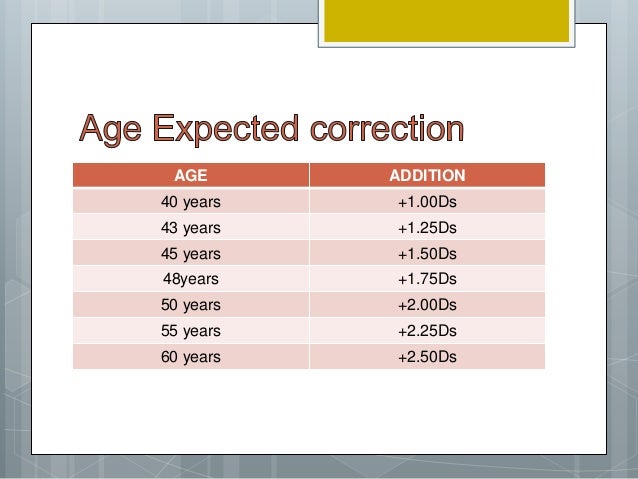

The D4s uses the new EN-EL18a lithium-ion battery, which allows you to take a whopping 3020 shots per charge (measured with the CIPA standard). Ultra-high speed UDMA 7 cards are supported by the latter. The one on the left accepts XQD cards, while the slot on the right is for CompactFlash. Just at the right edge of the back plate are the camera's dual memory card slots. They include a peripheral connector, USB, headphone, microphone, Ethernet, and HDMI ports.Įthernet support on the D4s has been upgraded from 100Mbps to 1000Mbps (Gigabit). On the left side of the D4s are six more ports. The latter is used for connecting Nikon's optional remote controls. Both buttons are customizable, and the ability to switch between FX and DX crop modes can now be assigned to either.Īt the top-right of the D4s' front plate you'll find the self-timer lamp, as well as the flash sync and 10-pin ports. The D4s retains the same Pv (DOF preview) and Fn as its predecessor.

To switch between still and video recording use, well, the switch. To activate live view, simply press the button located to the lower-right of the LCD. The AF-On button is now easier to press, while the AF-point selector below it is now made of plastic instead of rubber (which Nikon says improves its 'feel'). One of the few cosmetic changes on the D4s can be seen in this photo. The switch at the upper right deploys a cover that prevents incident light from getting in when you're not shooting with your eye to the viewfinder. The D4s' optical viewfinder is unchanged from the one on the D4, which means that it has 100% coverage and a magnification of 0.70x. Here's a closer look at some of the most important controls. As mentioned on the previous page, the D4s has just a few minor cosmetic changes compared to the D4.


 0 kommentar(er)
0 kommentar(er)
